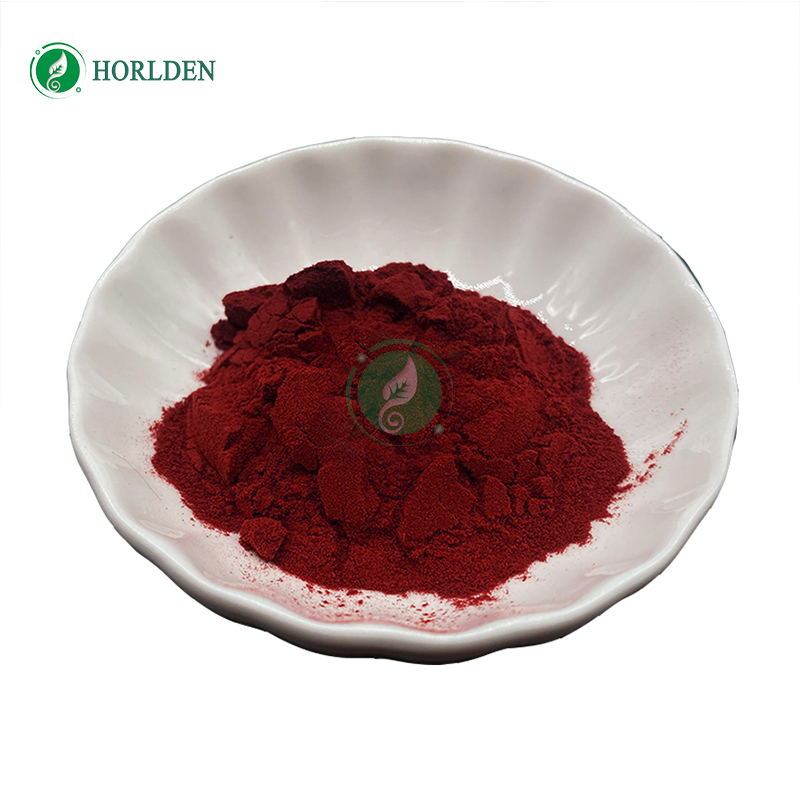-
Categories
-
Pharmaceutical Intermediates
-
Active Pharmaceutical Ingredients
-
Food Additives
- Industrial Coatings
- Agrochemicals
- Dyes and Pigments
- Surfactant
- Flavors and Fragrances
- Chemical Reagents
- Catalyst and Auxiliary
- Natural Products
- Inorganic Chemistry
-
Organic Chemistry
-
Biochemical Engineering
- Analytical Chemistry
-
Cosmetic Ingredient
- Water Treatment Chemical
-
Pharmaceutical Intermediates
Promotion
ECHEMI Mall
Wholesale
Weekly Price
Exhibition
News
-
Trade Service
On the afternoon of September 8, the joint prevention and control mechanism of the State Council held a press conference to introduce the scientific and accurate epidemic prevention and control situation and answer questions from the
media.
media.
Dong Xiaoping, chief expert of virology at the Chinese Center for Disease Control and Prevention, introduced that new branches of virus mutation evolution continue to appear around the world, such as BF.
15, BA.
5.
2, BA.
5.
2.
3 of
the Aomi Kerong variant strain.
Mutations in the genome of RNA viruses are a very common natural phenomenon, and viruses have some mutations in the process of
replicating in infected humans, and these mutations are often random.
The new coronavirus is an RNA virus, and its genome is composed of nearly 30,000 nucleotides, and it is natural that one to several nucleotides may mutate during each replication process
.
On the other hand, the use of vaccines on a global scale and the formation of an immune barrier in a large number of naturally infected people in a short period of time will also accelerate the mutation of the new crown virus
.
15, BA.
5.
2, BA.
5.
2.
3 of
the Aomi Kerong variant strain.
Mutations in the genome of RNA viruses are a very common natural phenomenon, and viruses have some mutations in the process of
replicating in infected humans, and these mutations are often random.
The new coronavirus is an RNA virus, and its genome is composed of nearly 30,000 nucleotides, and it is natural that one to several nucleotides may mutate during each replication process
.
On the other hand, the use of vaccines on a global scale and the formation of an immune barrier in a large number of naturally infected people in a short period of time will also accelerate the mutation of the new crown virus
.
Since the emergence of the Omilon variant in November last year, 5 large evolutionary branches have been formed, from BA.
1 to BA.
5, which still belong to the range of
the Omiljung mutant.
In the whole observation, its transmission ability, pathogenic ability and immune escape ability, the various branches do have some differences, but the overall difference is not much
.
1 to BA.
5, which still belong to the range of
the Omiljung mutant.
In the whole observation, its transmission ability, pathogenic ability and immune escape ability, the various branches do have some differences, but the overall difference is not much
.
For the mutation of the new crown virus, more attention is paid to the impact on the ability to spread, pathogenesis and immune escape, and not every so-called evolutionary branch or mutation will obviously affect the change of the above three capabilities, so the timely monitoring of virus mutation is very critical and very important for timely adjustment of prevention and control strategies and the development of
drugs and vaccines.
drugs and vaccines.
On the afternoon of September 8, the joint prevention and control mechanism of the State Council held a press conference to introduce the scientific and accurate epidemic prevention and control situation and answer questions from the
media.
media.
Dong Xiaoping, chief expert of virology at the Chinese Center for Disease Control and Prevention, introduced that new branches of virus mutation evolution continue to appear around the world, such as BF.
15, BA.
5.
2, BA.
5.
2.
3 of
the Aomi Kerong variant strain.
Mutations in the genome of RNA viruses are a very common natural phenomenon, and viruses have some mutations in the process of
replicating in infected humans, and these mutations are often random.
The new coronavirus is an RNA virus, and its genome is composed of nearly 30,000 nucleotides, and it is natural that one to several nucleotides may mutate during each replication process
.
On the other hand, the use of vaccines on a global scale and the formation of an immune barrier in a large number of naturally infected people in a short period of time will also accelerate the mutation of the new crown virus
.
15, BA.
5.
2, BA.
5.
2.
3 of
the Aomi Kerong variant strain.
Mutations in the genome of RNA viruses are a very common natural phenomenon, and viruses have some mutations in the process of
replicating in infected humans, and these mutations are often random.
The new coronavirus is an RNA virus, and its genome is composed of nearly 30,000 nucleotides, and it is natural that one to several nucleotides may mutate during each replication process
.
On the other hand, the use of vaccines on a global scale and the formation of an immune barrier in a large number of naturally infected people in a short period of time will also accelerate the mutation of the new crown virus
.
Since the emergence of the Omilon variant in November last year, 5 large evolutionary branches have been formed, from BA.
1 to BA.
5, which still belong to the range of
the Omiljung mutant.
In the whole observation, its transmission ability, pathogenic ability and immune escape ability, the various branches do have some differences, but the overall difference is not much
.
1 to BA.
5, which still belong to the range of
the Omiljung mutant.
In the whole observation, its transmission ability, pathogenic ability and immune escape ability, the various branches do have some differences, but the overall difference is not much
.
For the mutation of the new crown virus, more attention is paid to the impact on the ability to spread, pathogenesis and immune escape, and not every so-called evolutionary branch or mutation will obviously affect the change of the above three capabilities, so the timely monitoring of virus mutation is very critical and very important for timely adjustment of prevention and control strategies and the development of
drugs and vaccines.
drugs and vaccines.







